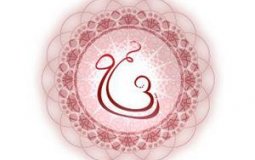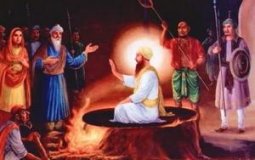Now many gurduaras have started Sunday schools to impart the rudiments of Sikhism to children of Sikh families. No one can object to that. This is how they will stay connected to their very rich and timeless heritage. But with it come messages to push the very young towards an amritdhari life. One could ask: “So what’s the harm? Isn’t this the idea of Sikhi?
If we can see the oneness in the creator and creation, there is then no room left for distinctions of race, caste, creed, gender, color or national origin. The Ultimate reality has no gender, form, race or color.
I could argue that over 500 years ago the Sikh Founder-Gurus offered the model of an egalitarian society that promised self-governance, transparency and accountability with freedom from racial, caste and gender stereotypes. I have to concede, though, that the practice often remains short of the teaching.
Last year Nishaan, the colorful Sikh quarterly from Delhi, asked me to trace the Sikh (and Punjabi) presence in Delhi. Pushpinder Singh Chopra, Bhayee Sikander Singh Bagriyan and Monica Arora provided much of the research material. The more I learned about Delhi, the more I became entranced with it.
Many human issues, admittedly of great significance — religions, nations, war and peace, for instance — are measured by the yardstick of history, which is often the only dependable criterion available. But how honest or reliable is it?






